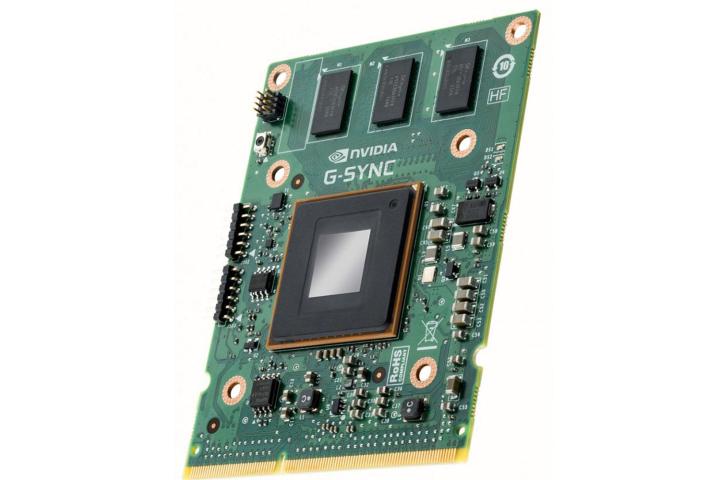
Tearing has long been a problem with high-end machines. When the monitor and the graphics card refresh at different rates, causing two different frames to appear on the screen at once, usually one on top with a line in the middle and the other below.
G-Sync lets the monitor and video card talk so they can agree when to render and display a frame in synchronization, which entirely eliminates tearing. Normally, a hardware G-Sync chip has 768MB of DDR3 memory to store each frame info, so it can compare it to the next frame, which brings with it a number of useful side-effects. In laptops, though, Nvidia has found a way to do without.
There are still some bugs to work out. G-Sync isn’t designed for low-end systems. If your computer can’t keep the framerate high, you may experience some lag as the system tries to keep the monitor in sync with the graphics card. We’ve witnessed screen flickering issues with past G-Sync monitors, though the problem was mostly restricted to loading screens.
Editors' Recommendations
- All of the exciting new GPUs still coming in 2024
- I’ve reviewed every AMD and Nvidia GPU this generation — here’s how the two companies stack up
- Nvidia DLSS is amazing, but only if you use it the right way
- Meet Blackwell, Nvidia’s next-generation GPU architecture
- My most anticipated game of 2024 is getting the full Nvidia treatment



